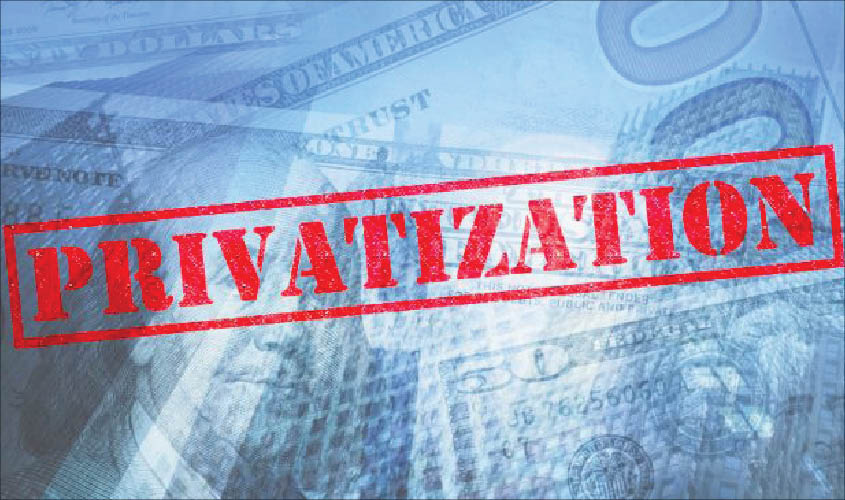
On the eve of independence, India was grappling with grave socio-economic issues, such as low income and unemployment, regional imbalances and lack of skilled manpower, weak industrial base, low level of investments and infrastructure etc. Hence, Public Sector was developed as an instrument for self-reliant growth. The country adopted the planning, which created the path for the development of PSUs.

Initially being confined to core and strategic industries, the governments in the second phase went with the nationalization of industries, the takeover of sick units of the private sector, and taking public sectors to the new fields like manufacturing consumer goods, consultancy, contracting and transportation, etc. Privatization is the process of transferring ownership of a business, enterprise, agency, public service or public property from the public sector (a government) to the private sector, which usually operates for a profit. It generally refers to bringing private sector participation in the management and ownership of Public Sector Enterprises(PSEs). One of the main arguments for the privatization of publicly owned operations is the estimated increase in efficiency that can result from private ownership and business practices. The increased efficiency is thought to come from the greater importance that the private firms make profit maximization.
History of Privatization in India
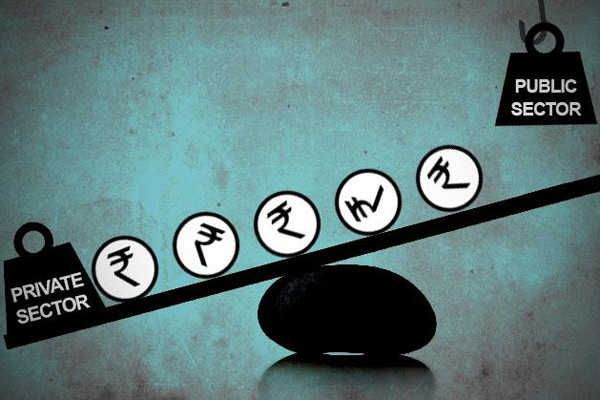
At Independence, India adopted a mixed economy model with both the private sector and the public sector performing various activities in accordance with regulations. The PSUs were necessities of the post-independence economic realities and thus the PSEs were established on a socialistic pattern of development.. Between 1951 and 1991 the PSUs ran the show as far as industries are concerned. But with PSUs turning inefficient and immediate needs of the Balance of Payment crisis led Indian policymakers to seriously think on economic reforms which included de-nationalization of various sectors. But the initial phase saw only gradual privatization and big bang disinvestments did not take place till the beginning of the 21st Century.

The New Industrial Policy of 1991 contained several reform measures for the public sector. Following the industrial policy of 1991, the government adopted disinvestment, strategic sale of minority shares to private partners and selling of loss making units to the private sector. Some of these reform measures included privatization in a low degree. But the main form of inviting private participation was disinvestment which results in transfer of minority shareholding to the general public, at the same time the government maintaining 51% share. The sale of minority stake to private sector has enabled the government to inject competitive and efficient private sector business practices in government enterprises.
The setting up of the Department of Disinvestment in 1999 accelerated the process of disinvestment and the department oversaw many strategic sales like ITDC, BALCO, etc. The disinvestment only increased after that barring some opposition to the privatization and due to coalition governments. After 2014, with a government secure of its majority in power, disinvestment and privatization was one of the main economic agendas. The current government makes its stance clear by saying that the government has no business in doing business.
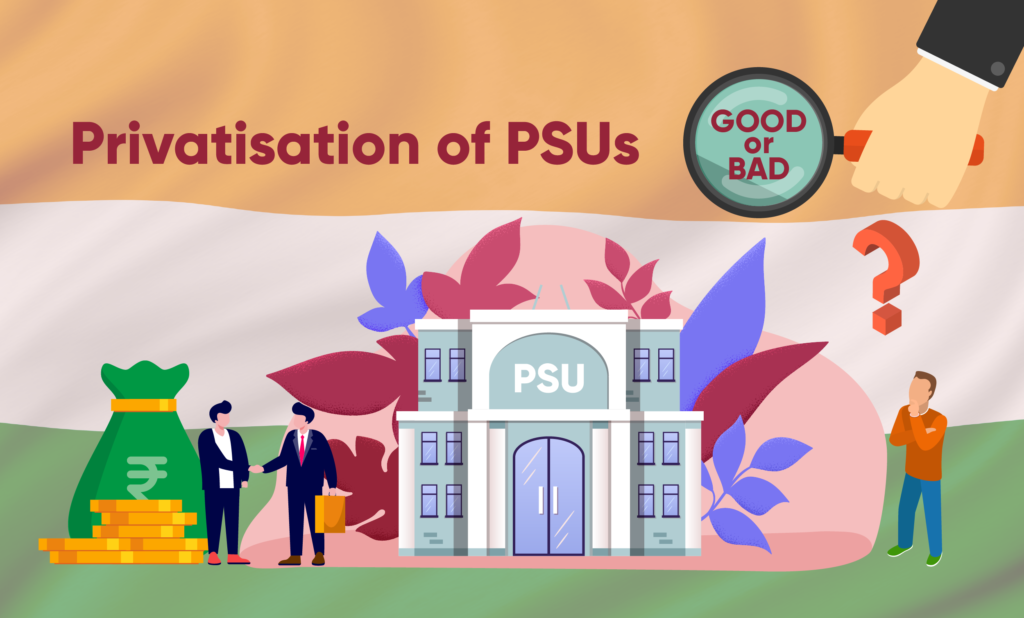
Issues with the PSUs
India’s public sector landscape is fraught with a large number of loss-making and dysfunctional PSUs .A total of 70 PSUs were in a loss as of March 2019, with total stress amounting to over Rs 31,000 crore. Out of these, state-run carrier Air India, telecom companies BSNL and MTNL were the top three loss-making PSUs in the fiscal year 2018-19.
In India, privatization is not a default option; rather, it is the last resort which is evident in the hesitation to privatize some of the largest loss-making PSEs like Air India, BSNL and MTNL.
The concept of welfare state may get defeated with the Privatization of economy. Private sector would not care about the society as its main objective is to earn profits. Also, Privatization will result in fewer funds for society because private companies have no obligation to do social work.
The public sector employees who have been doing work for years without much pressure find it difficult to adjust to new setting and many end up resigning from their service, as in the private sector enterprises there is emphasis on performance which indirectly results in work pressure and meeting deadlines or targets.
There are governance issues with the PSUs as well. Public sector industries in India are plagued with inefficiencies due to excessive bureaucratization The career bureaucrats are placed at the helm which hampers the efficient management of these PSUs. In the Public sector, there is an excess security of employment which breeds inefficiency and hampers the quality of production. There is a politicization of the appointments in the higher management creating a spoiled system.
The existence of obsolete plant machinery and the inability to infusion of newer technologies is a major cause of PSUs being in loss. The losses prompt PSUs to take loans from the Banks which they cannot repay creating the conditions of the twin balance sheet.
Need to privatize the PSUs
Apart from the above issues there are various factors that push India towards privatization.
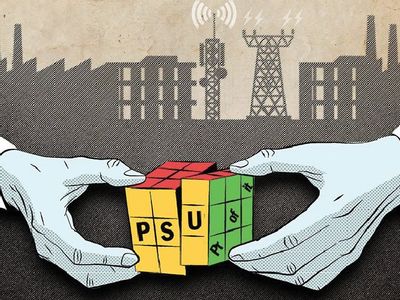
The private sector has come a long way and acquired the will and capacity to compete at the world stage. It no longer needs the government to take care of non-profit-making industries. Rather it is seeing opportunities in areas like railways too through investments in Mass Rapid Transit System. There are many advantages of privatization that could be complementary to the developmental targets. Privatization raises government finances that can be spent in social sectors.It creates money for restructuring and improvements necessary for PSUs. It brings in professional management to the mismanaged PSUs. It also helps in upgradation in technology, skills, and operational efficiency.
It increases the profitability of the firms. It brings in more investment including FDI. Also, it reduces the Public debt that is rising to unsustainable proportions.
Recent privatization drive in India
(i)Indian Railways

NITI Aayog’s Strategy for New India@75 envisages infrastructural targets in the Indian Railways like 100% electrification, improving track penetration, etc. All these targets demand private investment. In India, generally, public opinion is not favorable to the privatization process as it is against the interest of marginalized and socially disadvantaged sections. The privatization of Railways will have an impact on ordinary people which depend on low-cost travel of the cross-subsidized passenger traffic. However, privatization of Railways will lead to better infrastructure, improved safety, and reduction in travel time, improved punctuality, tariff rationalization, etc. It will also improve the quality of onboard services like better sanitation, food and water supply, and also improved Railway stations. It will bring technology infusion in Railways to improve working efficiency.
(ii)Air India

Government’s attempt to privatize Air India has not been very successfuI. In June 2017 government finally approved the privatization of Air India. In March 2018, the government issued an Expression of Interest to sell 76% stake in Air India, along with low-cost airline Air India Express. The government laid the condition that the new owner has to accept the debt of Rs.33,392 crores and the net worth of the bidder must be more than Rs.5000 crores. But no buyers have shown interest in buying a debt-laden airline. This situation is likely to follow in other loss-making entities also as the private players are not very enthusiastic about buying loss-making entities.
(iii)BPCL
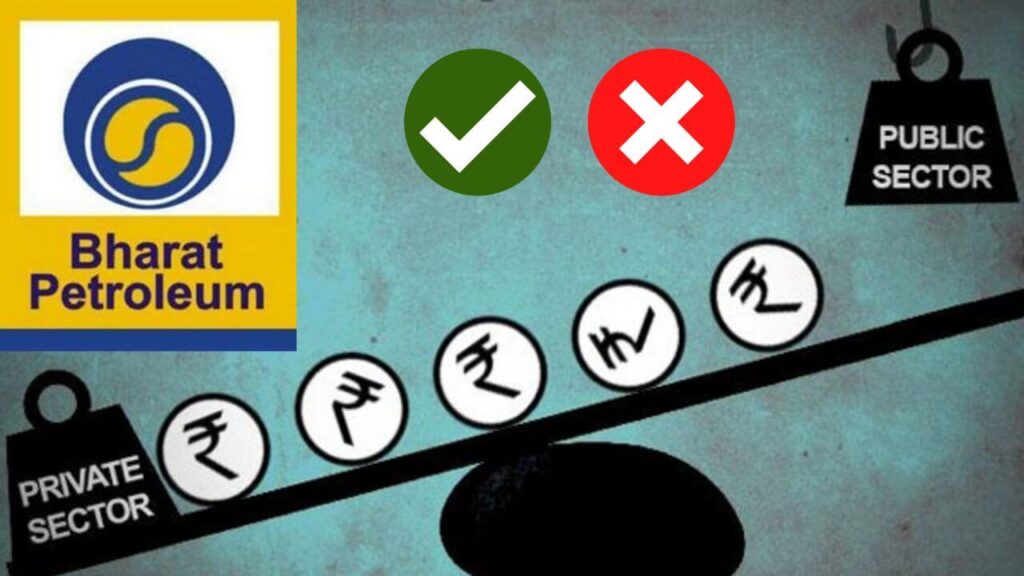
The privatization of profit-making PSUs is beyond understanding. While there is justification in selling loss-making units, the situation is more nuanced in the case of profit-making entities. Bharat Petroleum Corporation Limited (BPCL) which is making handsome profits, comes under this category. Privatization of Oil PSUs has been the cause of concern as Oil is a strategic natural resource and ownership in foreign hands is not compatible with our strategic needs.
(iv)PSBs

The government has targeted an aggressive disinvestment programme in the budget of 2021-2022.Finance Minister announced that 2 banks in addition to IDBI bank will be privatized. India’s government has shortlisted four mid-sized state-run banks for privatization, under a new push to sell state assets and shore up government revenues. Privatization of the banking sector, which is dominated by state-run behemoths with hundreds of thousands of employees, is politically risky because it could put jobs at risk and will face opposition from the Bank unions. The four banks that have been shortlisted to be privatized are-Bank of India, Bank of Maharashtra, Indian Overseas Bank, The Central Bank Of India, of which two banks will be privatized in the financial year 2021-2022.
(v)LIC
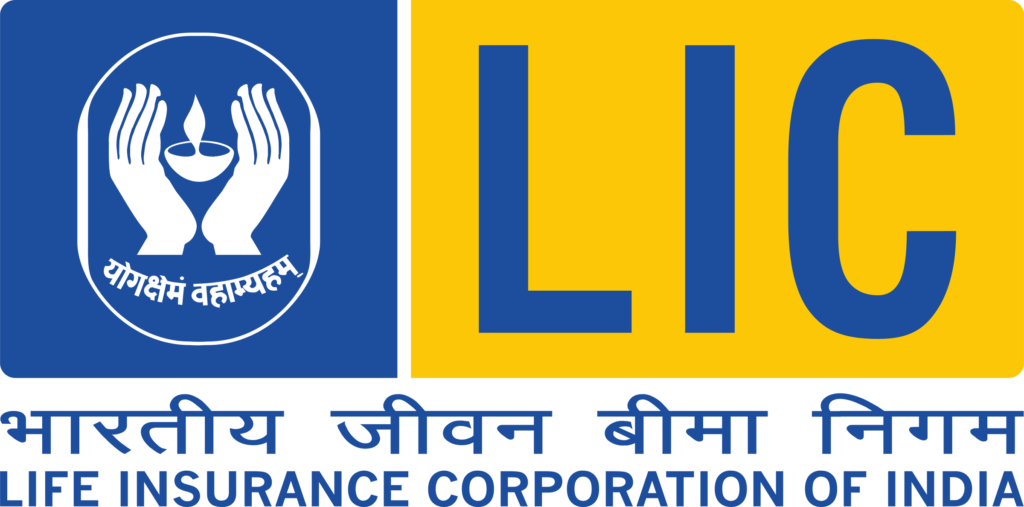
Finance Minister in her budget 2020 speech announced that the government will sell a part of its holding in Life Insurance Corporation of India(LIC) through an initial public offering(IPO). The extent of share dilution is not yet decided.
(vi)Airports

After privatization of PSU banks and Indian railways, airports are the big agenda of disinvestment by Government of India. Privatization of airport means that private companies have been provided the lease of these airports for a specific period of time. In this period, private firms will not only maintain and manage the airports but also carry out the operations and optimize them. The security of these airports will still be with Government armed forces. A unique public-private-partnership model along with Airport Authority of India has been approved. Six airports of India, namely Lucknow airport, Ahmedabad airport, Jaipur airport, Mangaluru airport, Thiruvananthapuram airport and Guwahati airport has been privatized last year and they operated and managed by Adani Enterprises.
Conclusion

The PSU privatization is a long-lagging process. This is thought to be a necessary pre-condition for growth and good governance of the existing PSUs. Amid the pandemic hit market conditions, it needs to be seen if the current drive fetches good results. At any cost, the poor of the country must not bear the cost of aspirations of the remaining middle and higher class. Any future policy must be aware of the tremendous role that PSUs played and still play. The push for privatization of PSUs seems to be going forward with the Atmanirbhar package and the recent proposal for letting private players run 151 trains. The LPG era that started with 1991-92 reforms, with this push, seems to get the biggest push with this clear stance. In a big step towards privatization of many state-owned firms in its second term, the Narendra Modi government has identified 18 strategic sectors, including banking, insurance, steel, fertilizer, petroleum and defense equipment, where it will retain only a limited presence. If implemented in its entirety, it would be the government’s most ambitious disinvestment plan since 2000 when the Atal Bihari Vajpayee government had started the process of completely exiting public sector firms. It will mean the government is completely exiting non-strategic sectors through privatization or strategic disinvestment. Even in strategic sectors, there will be a maximum of four public sector units and a minimum of one unit operating.


